MEMORABILIA (1952–1954)
Below can be found some portrait drawings and various other graphic works, mostly made in sketchbooks in the period 1952–1954 as I hitch-hiked through Europe. Then comes a sketch for an unrealized painting of two blind men fighting with their white sticks. This is followed by two illustrations for Graham Greene’s Brighton Rock and costume designs for the London University Drama Society’s 1953 production of John Lyly’s The Woman in the Moon. After the costumes come a series of drawings made while I was in hospital at New Cross with pneumonia, partly, perhaps, due to over-working on the theatre project on top of my studies, partly from doing so during the notorious London “pea-soup” smog of those years.
Since monitors come with different screen sizes, if the first drawing does not fit nicely on the viewer's screen, he/she should go to VIEW and select ZOOM and temporarily adjust the picture size. If the first drawing can be seen whole, so will the rest.
Various portrait drawings
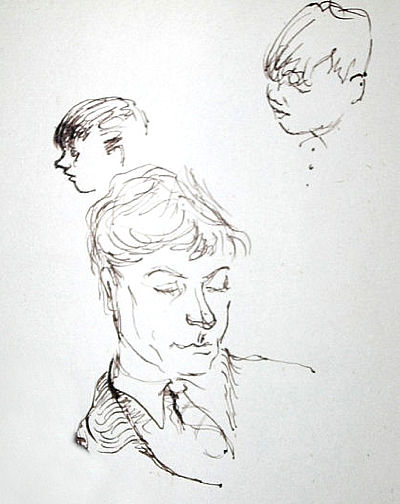







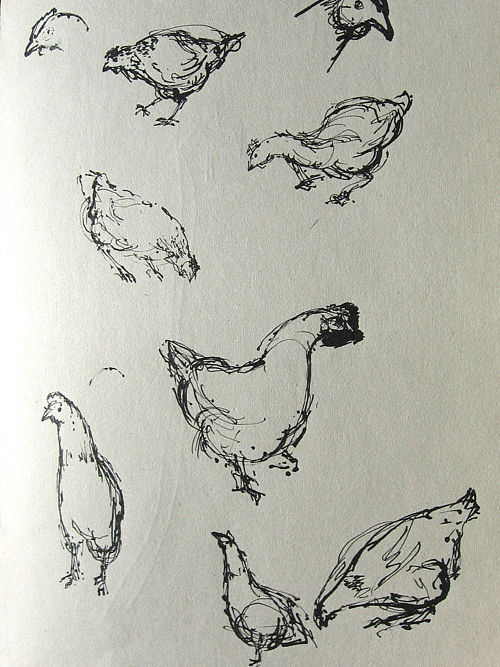


Southern France 1952


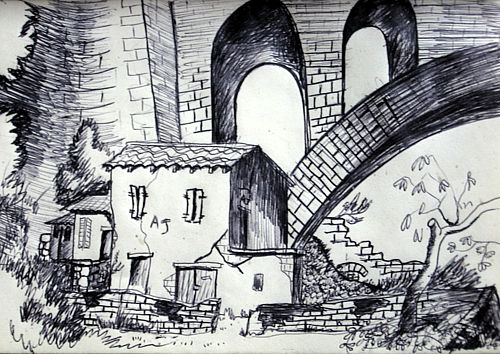

Sketch for an Unrealized painting

Gouache, sketch for an unrealized painting,1954
Two Illustrations, from a set, for Graham Greene’s Brighton Rock


Costumes for LUDS 1953 Production of Lyly’s The Woman in the Moon
John Lyly was a contemporary of Shakespeare whose chief claim to fame was his invention of a new kind of wit, in his book Euphues:the Anatomy of Wit, which seems to have influenced not only behavior at the Elizabethan Court but also, in such characters as Polonius, the Bard himself. Lyly was a favourite playwright at the Court where his plays, written mainly in prose, were performed by companies of children. However, The Woman in the Moon was written in blank verse for, and performed by, an adult company. It is a farce centred on the relationship between its character Pandora and three illiterate shepherds. So its plot is simple. It is set in a Utopia that has no women until Nature, with her servants Concord and Discord, is approached by three shepherds who demand a means of reproducing their kind. Nature’s response is to create Pandora and to endow her with all the virtues – thus making her the envy of the Seven Planets who take it in turn to reverse Nature’s intent. Needless to say, the comedy comes from the way Pandora’s subsequent changes of character bewilder the shepherds, one of whom, to his later regret, marries her. In the end she is the victim of the Moon (“Luna” in the play) and without understanding what has happened to her she leaves Utopia to live with Luna in the “changeable” Moon.
The play, for which I also did the decor, was performed by the London University Drama Society, at The Twentieth Century Theatre, February 26th, 27th, 28th, 1953.
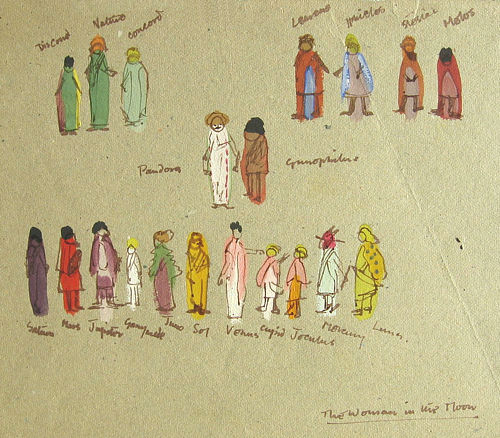
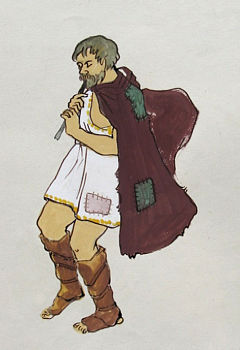



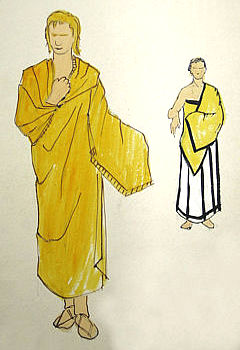


A Hospital Sketchbook


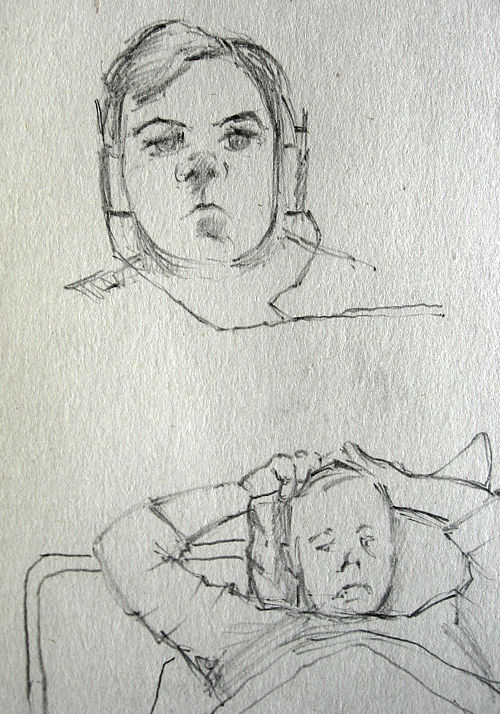





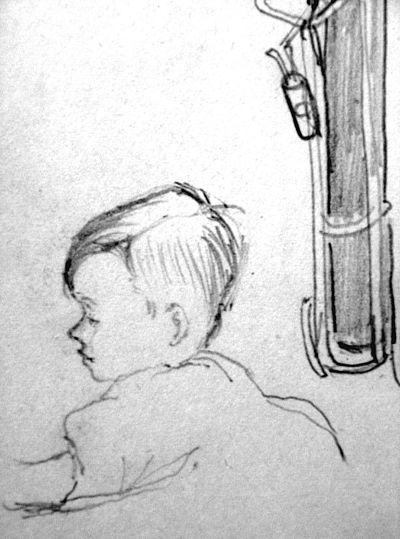




Miss Gee

In 1954 I lived in Brockley, South London, on the top floor of a 19th century house, in a two-room cold water flat; below me lived a woman and her daughter with, as it seemed, a tiny illegitimate child (it was they who called the doctor who diagnosed my pneumonia) and below them, on the ground floor, an elderly woman who had been a governess during her working life. She wore long, black clothes dating from the early years of the 20th century, in spite of which she sometimes rode a rather stately, ancient bicycle. I learned her name, but in regard to this drawing I shall call her “Miss Gee,” the title of a poem of the 1930s by W.H. Auden for which I had, and still have, a strong dislike -- because it seems to scorn the lonely spinster whose history it recounts, whom I equated with my neighbour. As I passed her door each morning I would call out “Good morning Miss Gee,” and she would call back. It may have been the only contact she had with another person that whole day. I had been doing this for some weeks when one morning she did not reply. I stopped and called again and heard something like a groan and decided to enter her flat where I found her paralytic and half out of a bed covered in yellow excrement. I lifted her legs back onto the bed and called the women above who took over the situation -- and I never saw her again. This drawing may be seen as a tribute to such lonely, elderly women whose frailty is signified in the type of line used.
[For a touching tribute to such women the reader should see Samuel Beckett’s “Not I.”]
Studies For Murals, 1953




Paintings 1962–63
Only one of my paintings has survived, and that is “Roses”, owned by my sister. Of the rest there exists only four photos. These are seen below. Sizes and Dates are approximate.





